Parijat Coral Single Petal Jasmine Plant / Night Flowering or Harsingar Plant (Sapling)
Known carefully as Nyctanthes arbor-tristis, the Parijat plant is particularly its double green foliage of plant assortment. Revered in Indian mythology and an established cure, it blooms after dark and sheds aromatic flowers by dawn, gaining the name “Night-blooming Jasmine.” Your coral Jasmine plant is easy to care for and maintain, even for beginners in gardening.
How to Care For Parijat Coral Single Petal Jasmine Plant?
Ensure well-exhausted soil, sunny light for part of 24 hours, and moderate dampening for an athletic, prospering coral Jasmine plant.
- Soil
Parijat or harsingar plant develops best in well-exhausted, ready-to-bear or arenicolous soil, rich in organic content. The soil pH ranges between 6.5 and 7.5. Adding fertilizer or intimidate excrement enhances pregnancy and supports flower results. - Water
Water your night-flowering jasmine in a moderate manner. Allow the ground to dry before the next dampening. Overwatering concedes the possibility of root rot, especially in containers. During vacation, water your plant 2–3 times a temporal length of the event or entity’s existence; during winters, humble to previously or as needed. - Light Requirements
The dwarf single-petal jasmine adores brimming sunlight to partial shade. Ensure it does not get completely 4–6 hours of direct sunlight. In extreme heat, to some extent, shade in the period after 12 noon and before sunset helps hamper leaf blaze. - Temperature & Humidity
The coral Jasmine plant prefers warm temperatures between 20°C and 35°C. It can tolerate light freezes but thrives in steamy to subtropical climates. Moderate moisture is ideal, and hence, try to maintain moderate humidity. Further, you must avoid water inactivity during monsoons. - Pest
Parijat is almost strong but exposed to aphids, whiteflies, and mealybugs. So, go ahead with a professionally designed insecticide to survive infestations. Regular trimming helps decrease the contagion training bases for your plant. - Fertilizer
Feed your harsingar plant weekly with natural fertilizers like dry or liquid fertilizers. For blooming boost, go ahead for apply the fertilizers after 6–8 weeks, all the while in the flourishing season. - Pruning & Maintenance
Prune your dwarf single-petal jasmine faithfully to uphold shape and advance separately. Remove dead arms and gone flowers. Pruning following in position or time of the blooming cycle boosts next season’s bloom.
Key Features and Benefits of Parijat or Night Flowering or Harsingar Plant
A protected, healing, and decorative plant accompanying religion and referring to practices or policies that do not negatively affect the environment.
- Unique Looks
Double-petaled blooms and a delicate titian center of your night-flowering jasmine add a divine charm to your flowers or porch. They glow under moonshine and shed lightly by dawn. - For Beginners
Easy to evolve, accompanying reduced-sustenance needs, your harsingar plant is ideal for neophytes. It adapts to different flower beds, making it flexible for household or rustic scenes. - Vastu Importance
According to Vastu Shastra, establishing night-flowering jasmine in the northward or east route invites zeal, harmony, and divine strength. It is trusted to will gods and influence religious unity. - Air Purification
Your coral Jasmine plant purifies the air by erasing poisons and accumulating newness. Its friendly bouquet helps reduce stress, increase sleep, and heighten desire. So, you can bring this plant home for the clear and fresh air.
Parijat plant is a real marvel in every sense, exquisite to regard, sweet to smell, and effective in its type. With the slightest care, it causes huge pleasure and calm, to some extent. It not only improves the advantage of your home but also links your accompanying type and idea. Bringing Parijat into your space is like captivating harmony, innocence, and definite energy to bloom every day.
FAQs
Q. Does Parijat bloom during the whole of old age?
A. Parijat chiefly blooms in late summer to early winter (August–December), but in ideal environments, it can flower sporadically in different months.
Q. Can I evolve Parijat in a container?
A. Yes, Parijat evolves well in abundant cans, accompanying correct seepage and light for part of every 24 hours. It’s perfect for balconies, plateaus, and porches.
Q. Does Parijat have medicinal benefits?
A. Yes, allure leaves, flowers, and bark have value in the Ayurvedic remedies for treating delirium, joint pain, and skin infections. However, continually ask a professional before use.

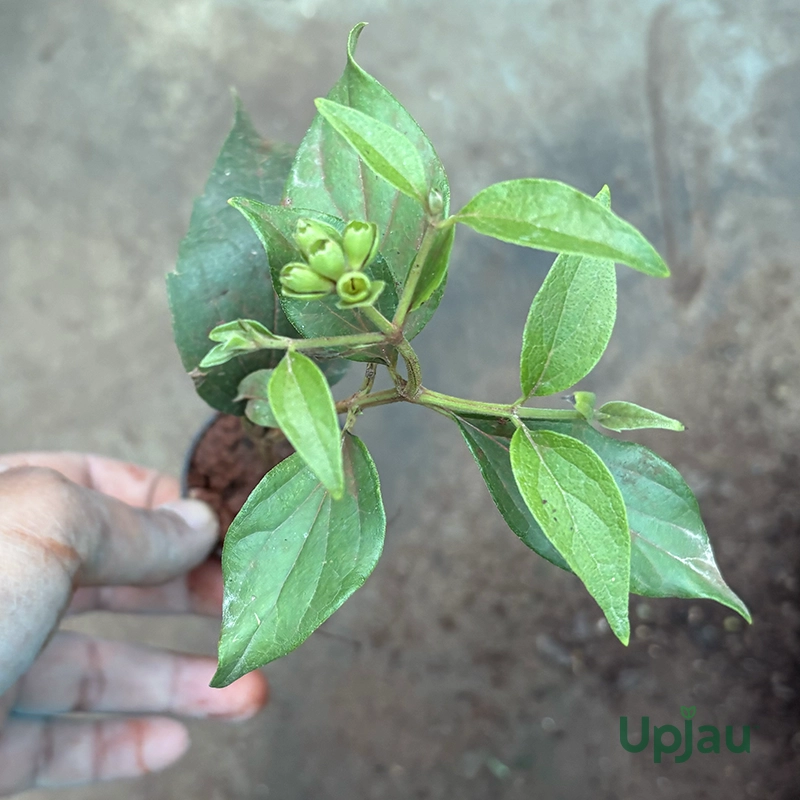
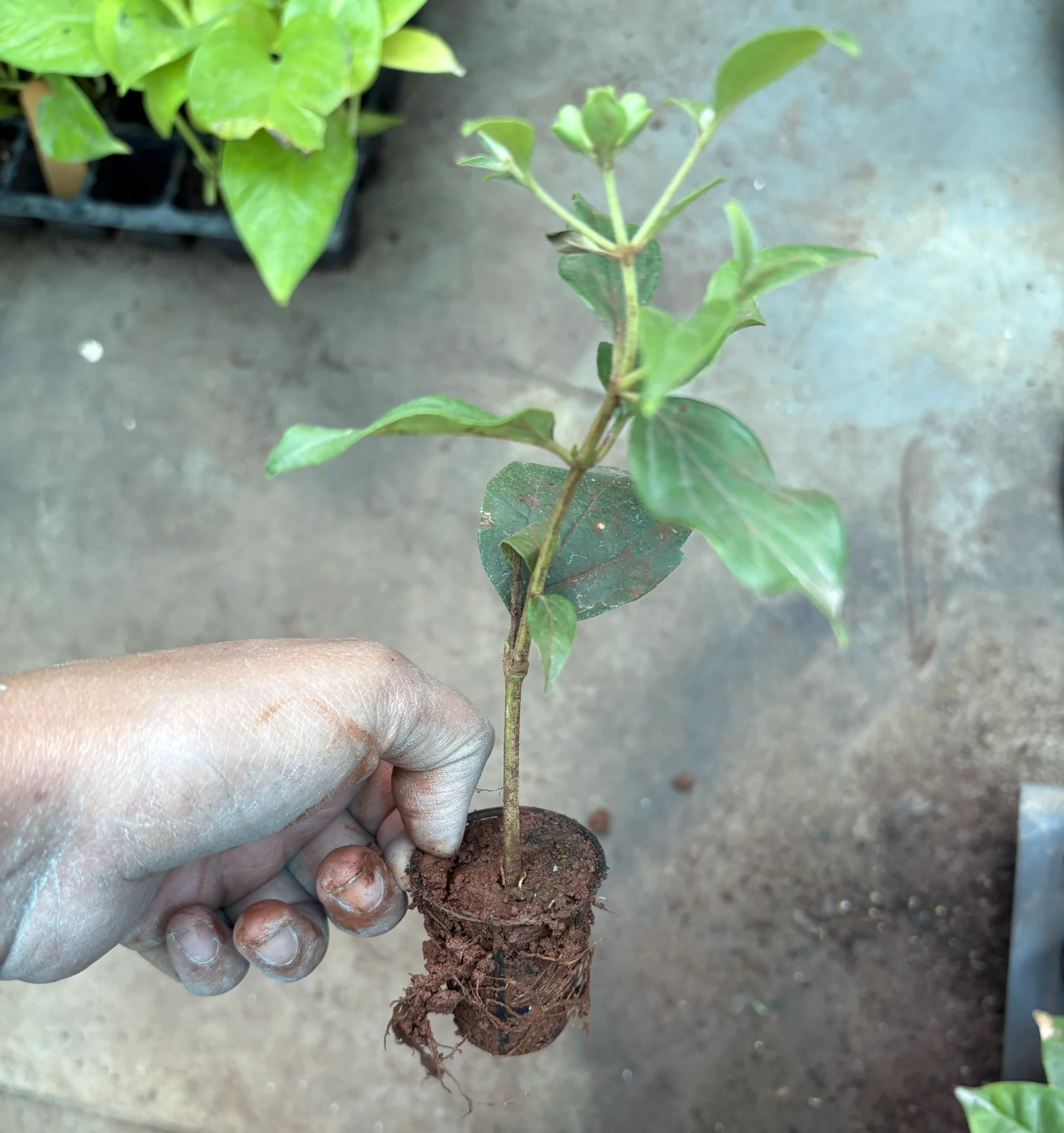


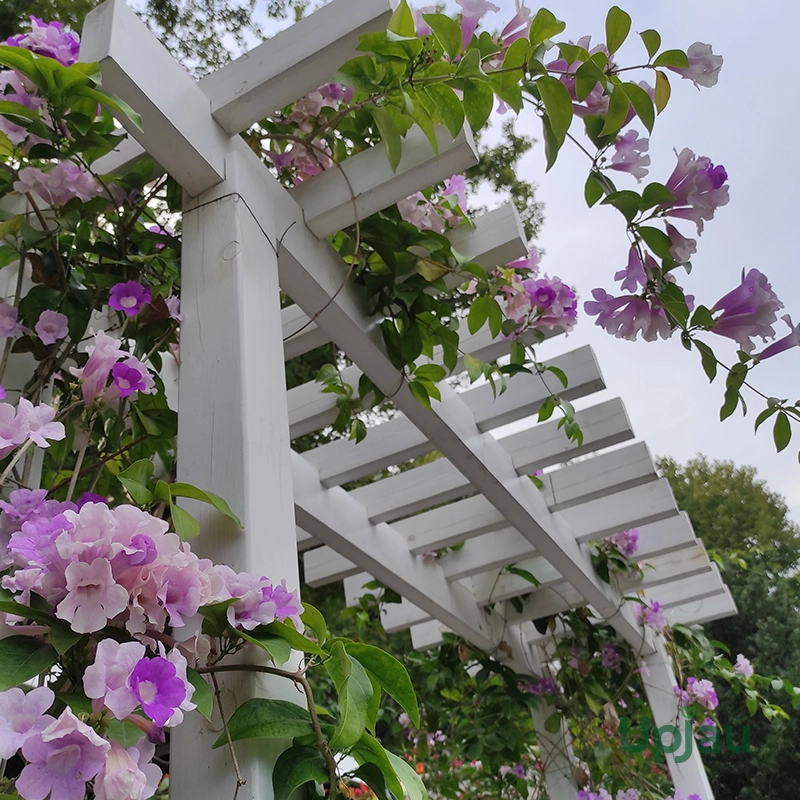
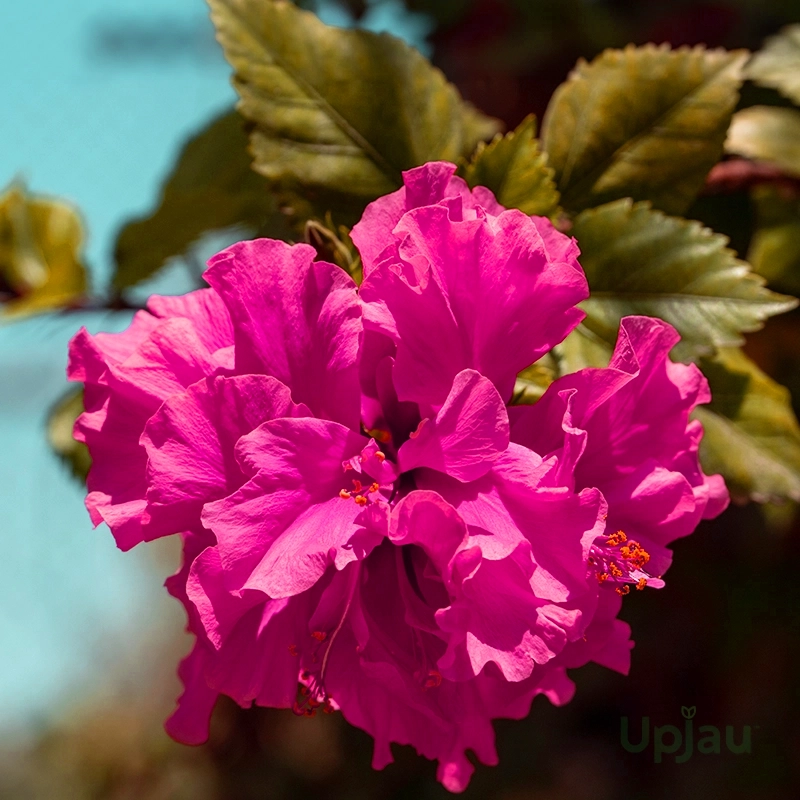



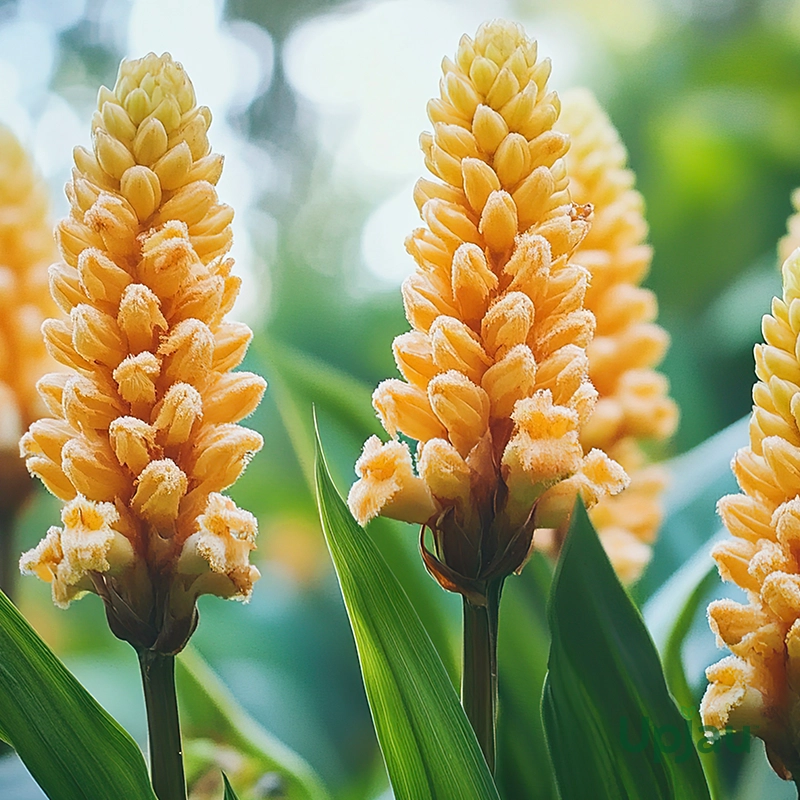

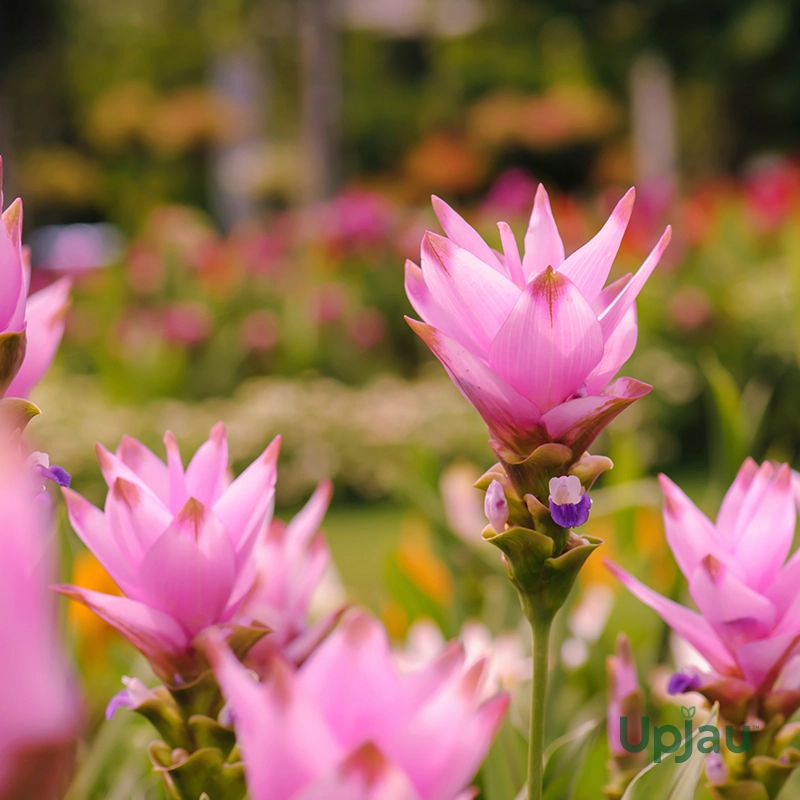

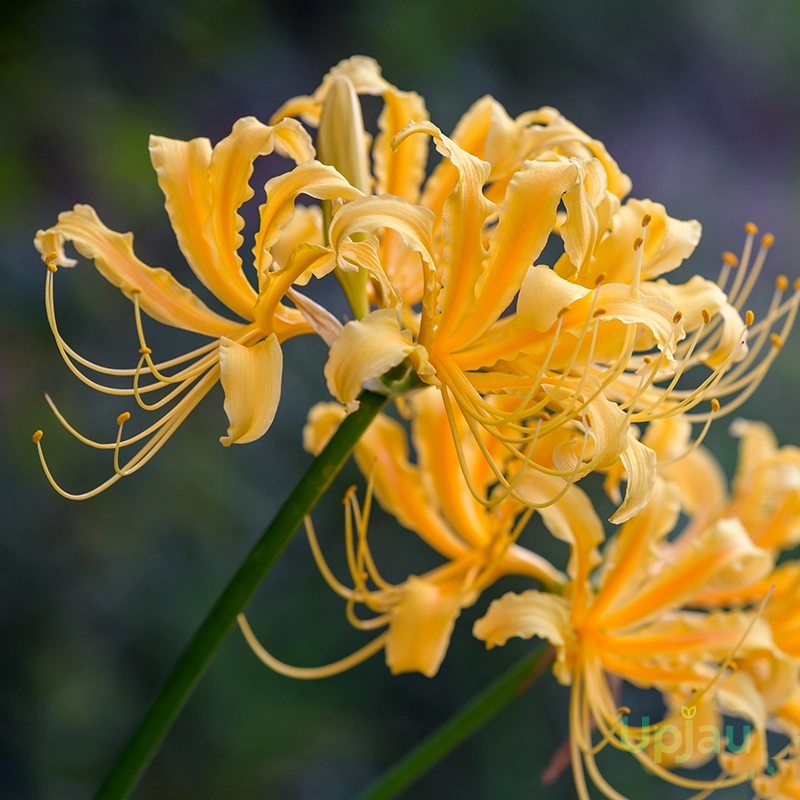
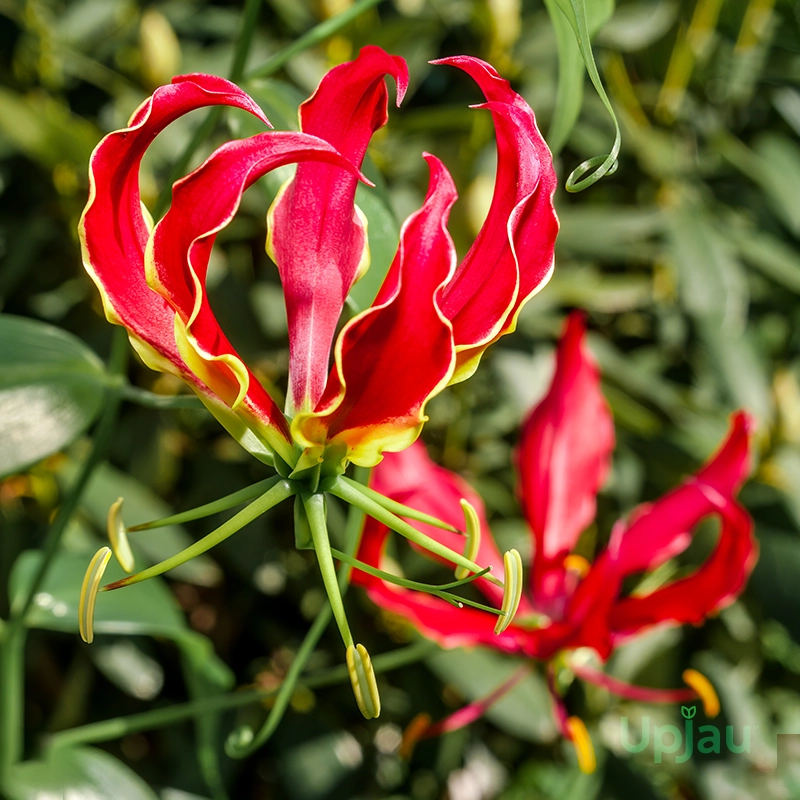

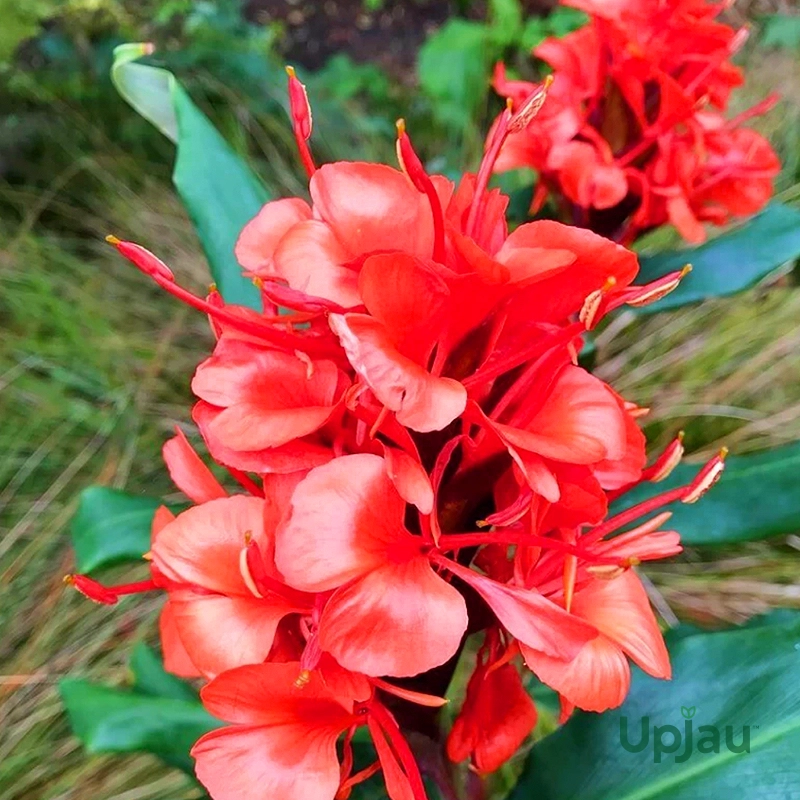
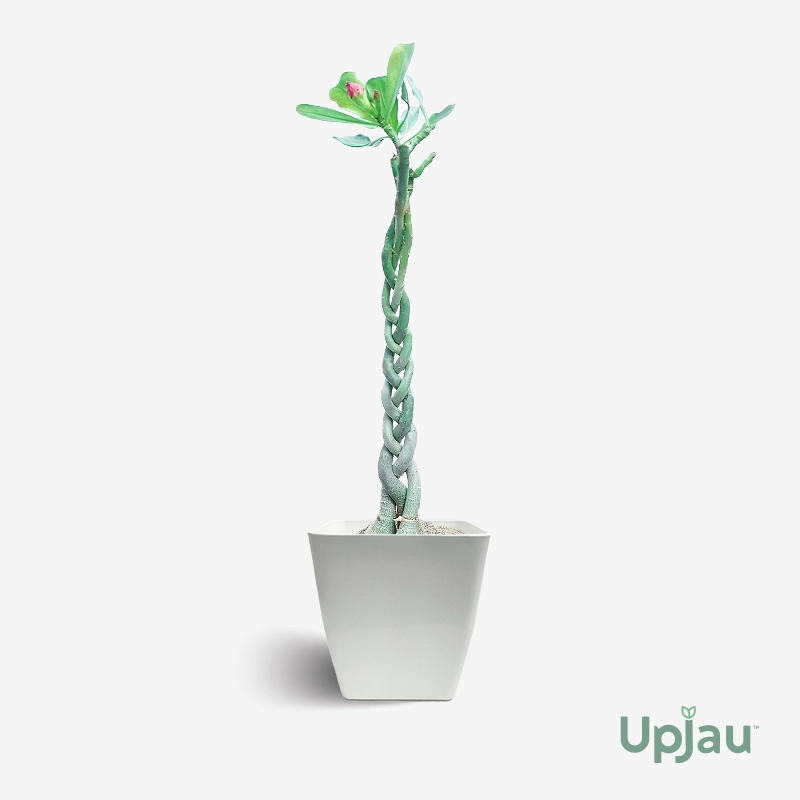


Reviews
There are no reviews yet.